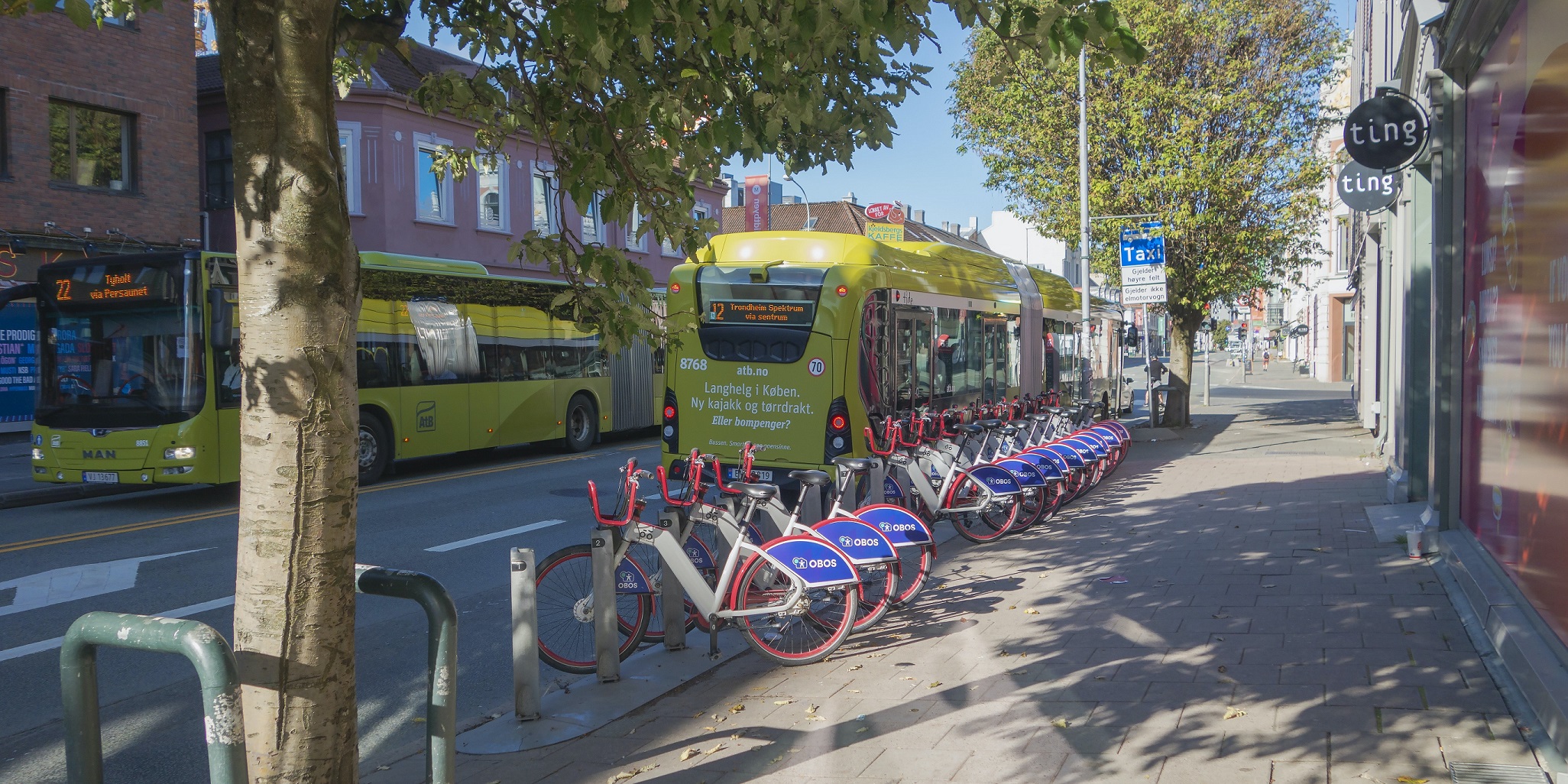Telia and Ducky: Movement data help to face climate challenges
Countless measures are initiated daily by countries, municipalities, businesses, and individuals to reduce their climate footprint. But they’re hard to follow up effectively. Climate tech company Ducky’s answer to this was to create a tool which combines a variety of public and private data sources to support in tackling the climate challenges. One of the data sources is movement data from Telia.
During 2023, Telia partnered up with Norwegian climate tech-company Ducky to enable municipalities, businesses, and individuals to measure, visualize and follow up actions taken to reduce the climate footprint. All of us must make adjustments to face the significant societal challenges that lie ahead – not least the fact that we live longer and affect our environment for a longer time. But as we strive to reach the 2030 climate goals, and while there are many initiatives, the effects of actions taken, and new solutions are difficult to measure.
Ducky is a Trondheim-based climate technology company founded in 2014, which together with Tietoevry, creates digital tools that enable municipalities, businesses, and individuals to measure, visualize and follow up their own climate footprint. In essence, Ducky quantifies and calculates – and reports back – climate footprints based on for example Telia’s solution Crowd Insights.
“Our ambition is to contribute to conscious and data-driven climate action in all layers of society. Using Telia's expertise in movement data from the mobile network in our tool, we are able to pave the way for a smarter and greener way of understanding, analyzing and influencing people's movement patterns – enabling businesses and consumers to make more sustainable choices,” says Ducky founder Mads Simonsen Thuv.
By collecting and processing data on people's habits and emissions in a digital tool designed to quantify, visualize, and communicate everyday climate activities, the baseline is set. Ducky's model is based on a variety of data sources as well as studies conducted in the fields of climate psychology, climate data and climate communication. Data sources include, for example, both public data from municipalities regarding people’s habits in different areas as well as newly attainable data sources such as movement data from Telia’s mobile network. The data is grouped on a neighborhood level so it’s more concrete, and the goal is to spread knowledge and to motivate people towards climate-friendly habits and sustainable and more healthy lifestyles.

Movement patterns, trends, and location insights
Movement data from the mobile network is a popular data source currently used by both public entities and private organizations in, for example, urban development and emergency readiness. Our mobile phones constantly ping cell towers to communicate wherever we go, and there’s data available to show how and when groups of people move.
Some travel patterns and movement habit data is available through Telia Crowd Insights. The information collected is anonymous, aggregated, and complies with privacy laws. This allows valuable insights to be gained without compromising the rights of individuals.
"If you can see where and how people move, where they gather, and what patterns form over time, then you can for example make better decisions and optimize for infrastructure that’s nudging towards sustainable transport options.” says Tom Henriksen, who works with Telia Crowd Insights in Telia.
Telia’s expertise in location insights and the data in Telia Crowd Insights comes to best use when combined with other data sources and in collaboration with experts in the specific use case. That’s why Telia partner up with partners like Ducky, who can contextualize the data and put the insights to work.
"Finding new, innovative solutions that reduce greenhouse gas emissions, and thus contribute to a more sustainable future, is one of the most important things we as a society can do. The collaboration with Ducky can hopefully contribute to a change of pace in the green transition. We are very proud of and excited about this,” Tom Henriksen says.
Insights lead to results
Many businesses still rely on static reports that quickly go out of date. To achieve public health goals, and to work effectively with preparedness and sustainability, the effect of measures must be easier to determine and measure.
The Norwegian Public Health Authority is one public actor looking at how to use mobility data to better follow up on the measures implemented.
"We are concerned with good health and good lives. Being physically inactive contributes to premature death – hence it's our job to make sure that people can be as active as possible. But we need better analyzes and insights to see which of our initiatives have effect and which don’t," says Linda Granlund, Division Director for Public Health and Prevention.
That's exactly what Ducky wants to contribute to, with the help of mobility data from Telia.
"It’s essential to see what kind of impact different actions have in order to encourage behavioral changes. With the insights from Telia we can see, for example, that in a certain neighborhood, at a certain time, there are a lot of people moving between two destinations, and most of them drive their own car," says Mads Simonsen Thuv. "What happens if we introduce a bus route on that specific stretch? What happens if we set up a challenge to cycle the same stretch? By having access to the mobility data, we can test out different measures and see what actually works and what makes people change behavior patterns.”
Show, don’t tell
Climate psychology suggests that the key to changing behaviors and habits is to enable the individual to see that their actions matter and make a difference.
In Ducky’s solution, municipalities can understand the status as it is right now, implement more sustainable options, influence individuals to choose them and follow up to see if it’s working.
Cookie notification
Cookies allow us to optimize your use of our website. We also use third-parties cookies for advertising and analytics. Please read our Cookie Policy for more information.

